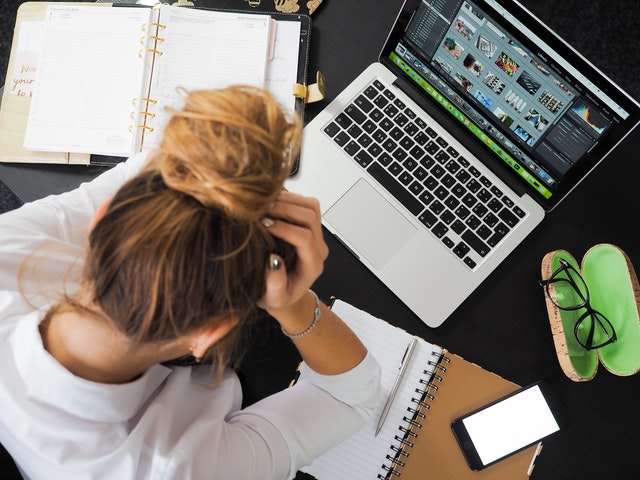The “traditional” office as we once have known it is being forced to be redefined.
Without a vaccine office spaces will need to make changes to prevent the spread of the COVID-19 virus. Organisations will have to manage this in a different way, according to the unique and somewhat complex challenges faced by each business. For all employers it is vital that sensible strategies and protocols, in line with Government guidelines, are put in place to ensure the safety of staff, clients/customers and the Public. So, what changes should we expect to see?
Landlords And Businesses Will Need To Reassess Office Layouts And Design
The function of the office is being re-evaluated, it may be used more as a place to congregate for important meetings and socialising rather than a permanent place to work. The physical office is still viewed as an important space to bridge the gap in virtual communication. To enable flexible working, protocols should be kept under constant review as government direction unfolds. Office layouts should be re-designed to facilitate these protocols. It’s vital that each organisation carry out a thorough, in-depth risk assessment and review all work practices that pose a potential risk to spreading the COVID-19 virus. The logistics of adhering to the Government guidelines will need to be carefully planned. Social distancing will mean the employee interaction will need to be considered and safe facilities to offer that necessary social connection will need to be provided. Meeting rooms will need to be rethought with the focus on modern video conferencing software to enable virtual meetings and foster connections within the business and with clients. You may see other design changes to the office space such as desks designed with barriers to encourage social distancing. Kitchens and breakout spaces will need to be rethought with heavier restrictions on usage and hygiene. Temperature readings and daily symptom checks will be incorporated into the office routine as the new norm.
Flexible Working Will Be The New Norm
The pandemic has acted as a catalyst for remote working for millions world-wide, challenging traditional workplace structures. More advanced future technology will continue to bring us even more virtually together, making the remote, flexible, working revolution more of a sustainable option for businesses. A decision may be made, at least for now, for some to remain at home to work. As business leaders you may need to review the working practices of a now more long-term distributed workforce. Training and direction may need to be planned to care for the ongoing welfare of those not in the office. They will be entitled to the same legal and emotional protection as those who are in, in terms of ensuring safe work- life boundaries and addressing the practical, and psychological aspects of working from home. This continued mode of work should not leave them feeling left behind or unproductive.
How Operations Will Be Carried Out Will Change
It’s possible to turn the challenges posed by the COVID -19 into meaningful change! This may be a chance to revaluate the way your business is operated. There may be more cost-effective, efficient ways to run the business. It is important to analyse important, emerging data on evolving consumer trends and habits which could help you re-align your business and find new growth patterns; perhaps capturing new marketplace opportunities and digital customer segments in these new uncertain, global market conditions. This may provide a roadmap that prepares the business more fully for any future, inevitable challenges.




